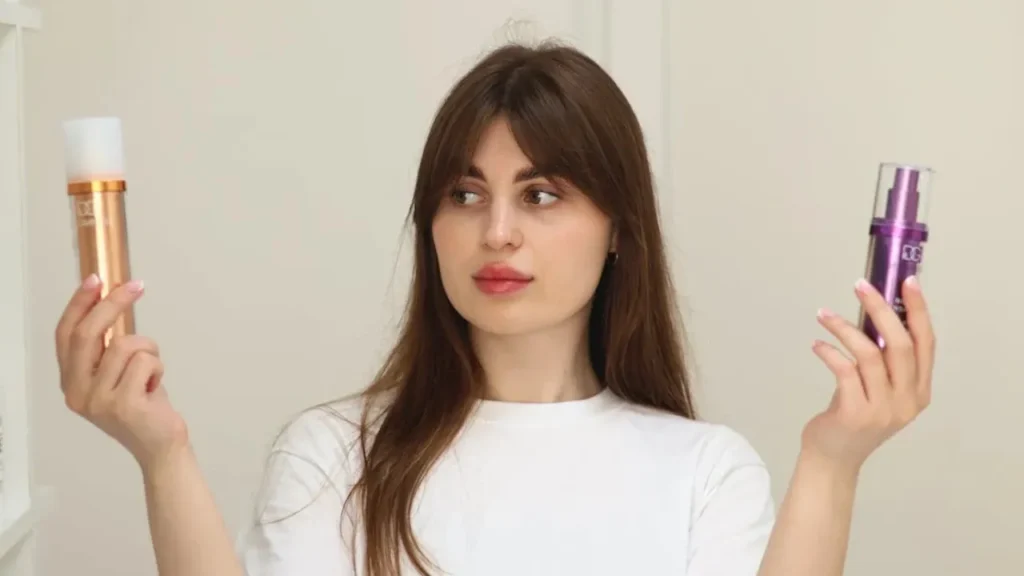
Split ends, technically known as trichoptilosis, are a common hair concern stemming from the splitting or fraying of the hair shaft. This happens when the protective outer layer of the hair cuticle gets damaged, leading to the hair splitting into multiple ends. Several factors contribute to the occurrence of split ends, including frequent heat styling, chemical treatments, and adverse environmental conditions like excessive sun exposure. While split ends can affect anyone, they are more pronounced in those who often style their hair using heat-based tools or aggressive treatments. Recognizing the causes is the first step in understanding how to prevent split ends and seeking effective solutions to ensure hair remains healthy and vibrant over time. Through preventive measures, one can avoid the need for drastic treatments or frequent trims that may compromise the desired hair length.
Effective techniques to minimize split ends
Preventing split ends is integral to maintaining hair health and involves a multifaceted approach incorporating regular trims, gentle handling, and appropriate protective measures. Routine haircuts, ideally every six to eight weeks, are essential to control the spread of existing split ends and maintain hair's overall appearance. Minimizing the use of heat styling tools reduces thermal damage significantly; when such tools are necessary, ensure the use of heat protectants to shield the hair. Additionally, utilizing non-damaging hair ties, opting for silk pillowcases, and favoring loose, protective hairstyles can contribute substantially to maintaining hair integrity and averting unnecessary breakage.
Best practices in hair care routine
A structured hair care regimen that focuses on nourishment is vital for preventing split ends. Selecting high-quality nourishing shampoos and conditioners is crucial for reinforcing hair's natural resilience. Incorporate weekly deep conditioning treatments, such as hair masks or oil treatments, which deliver essential moisture and nutrients to the hair strands, fortifying them against external damage. In the detangling process, use wide-tooth combs to mitigate unnecessary stress on the hair shafts. Protection against UV rays with specialized hair products also forms a critical component of an exemplary hair care routine, ensuring the maintenance of hair health.
Choosing products and treatments wisely
To effectively manage and conceal split ends, the utilization of targeted hair care products is recommended. Serums, oils, and leave-in conditioners not only add moisture but also create a protective barrier that minimizes further damage while smoothing the appearance of existing split ends. Argan oil products, known for their nourishing properties, are especially beneficial, enhancing hair elasticity and strength. The key is selecting products and treatments that align with one's specific hair type and lifestyle to maximize efficacy and results over the long term.
Smoothing and managing split ends with care
For addressing the ongoing presence of split ends temporarily, consider using styling creams and natural oils. These products help fuse splintered strands, improving the overall look and feel of the hair while committing to regular trims for lasting results. A holistic approach that combines meticulous preventive measures, careful handling, and the appropriate use of quality products ensures that split end damage remains minimal, preserving hair's natural beauty and health. Additionally, those with unique hair textures or conditions can benefit from customized care regimens that prioritize both moisture and protein, achieving an ideal balance essential for vibrant hair health.


 Follow us
Follow us Follow us
Follow us














